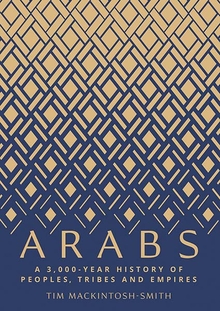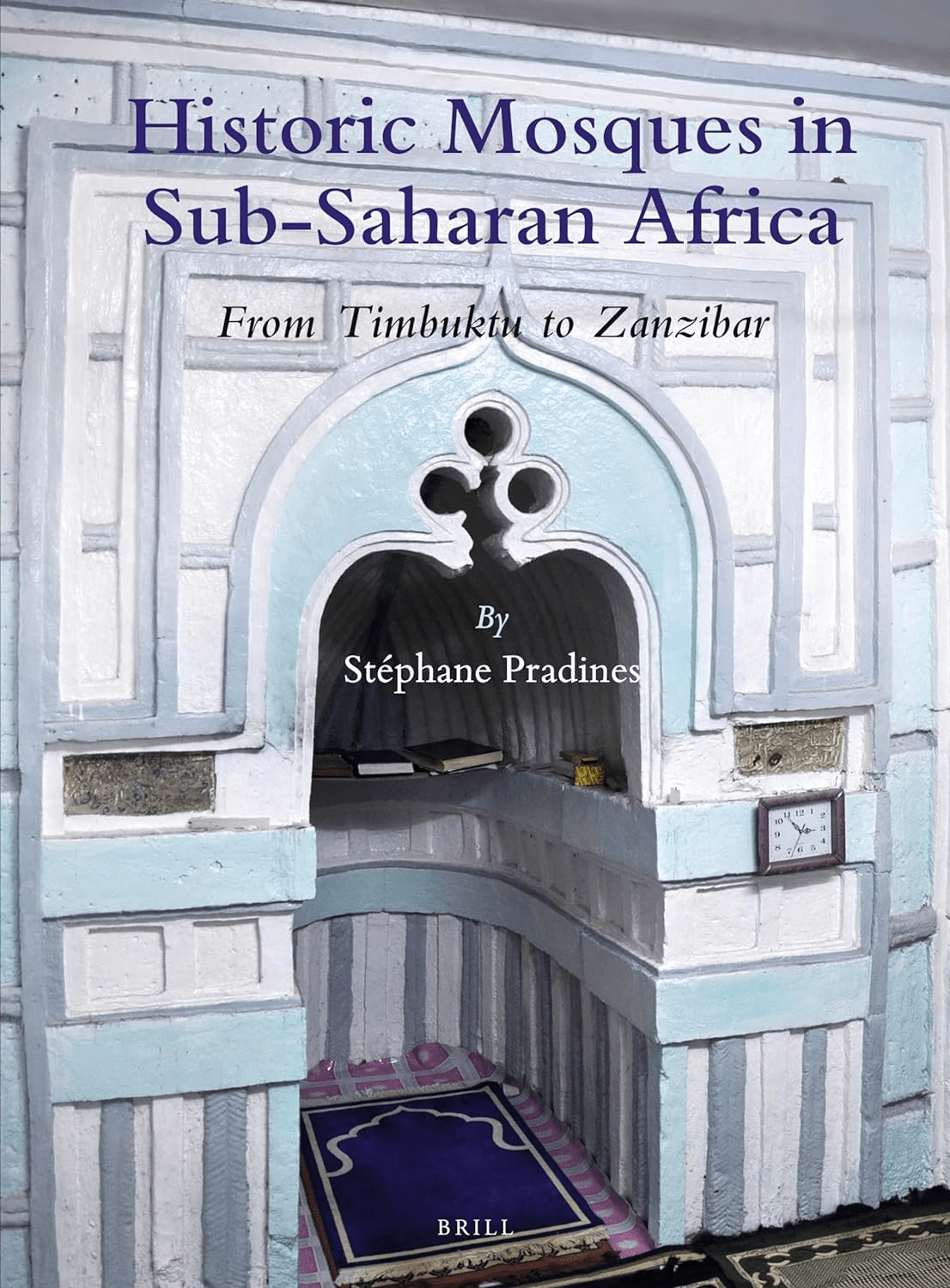
Arabs: A 3,000-Year History of Peoples, Tribes and Empires
Charles O. Cecil
Tim Mackintosh-Smith
2019, Yale UP, 978-0-30018-0-282, $35 hb.
Who is an “Arab”? What makes one identify as Arab? Mackintosh-Smith sets out to examine these questions in this erudite, carefully crafted book. He does not take a strictly chronological approach. Rather, he pursues themes sometimes leading him to skip over details in the story, only to return to backfill later. Notably, he deals with the historical, cultural and centrifugal forces that have prevented Arabs from achieving the unity so many have sought for generations, while the magnetic attraction of language pulls them together. Readers who know Arabic likely will appreciate his approach more than those who do not. While seasoning the text with relevant translations of poetry and observations regarding the origin and meaning of Arabic words, his style remains light and entertaining. Mackintosh-Smith is as adept at coining a phrase in English as he is at interpreting terms in Arabic. This is a book that will be read by lay readers and scholars for decades.
You may also be interested in...

Historic Mosques in Sub-Saharan Africa
From Mali to Tanzania, historian Stéphane Pradines traces a thousand years of Islamic architecture that forces us to rethink what we know about Africa’s past..png?cx=0.44&cy=0.65&cw=382&ch=487.6595744680851)
Zeina Abirached’s Art Uncovers Urgency of Wisdom in Gibran’s The Prophet
Kahlil Gibran’s 1923 classic is given new life, as Abirached’s graphic novel blends Lebanese artistry with the late author’s timeless wisdom.